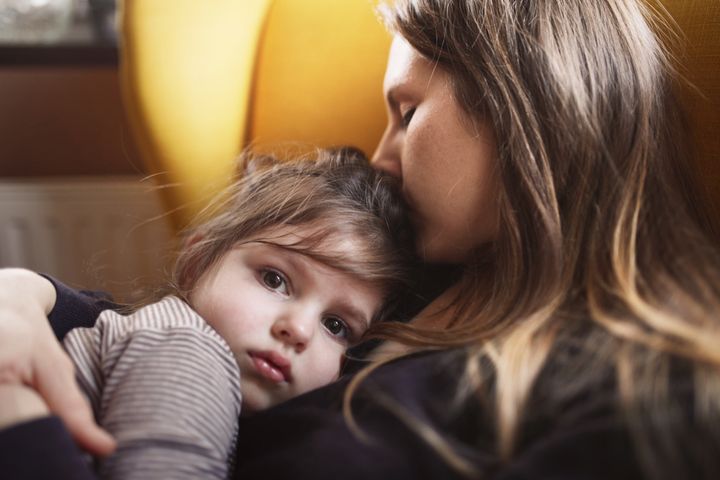
Annie* and her sister Carla* both wanted to be moms. But it wasn’t an easy path for either of them. Annie, who has endometriosis, had trouble with her uterus; Carla had trouble with her eggs. For years, while they were both in fertility treatments, they commiserated with one another’s struggle. They both learned to talk the unhappy shared language of people having trouble with pregnancy.
“We were in constant contact with each other, going, ‘It’s my retrieval day’ or ‘my hormonal imbalance is making me angry,’” said Annie, who spoke to HuffPost Canada under the condition her real name not be used, to protect the identities of the children in this story.
Annie and her husband tried in vitro fertilization (IVF) with embryos collected from her eggs and his sperm. She got pregnant a few times, but suffered devastating losses, including one at 18 weeks that sent her into cardiac arrest.
“On some level I felt that my body had failed me and that I was being punished,” she said. “My body was telling me for many months before my last transfer that I should be done trying.”
But after the brush with death, she described feeling a strange reassurance as she stopped fertility treatments. “I know that I won’t ever have a ‘what if,’ because my body just wouldn’t survive another pregnancy.”
Carla had also experienced pregnancy losses — more than 15. But she was still trying.
“After she hit double digits... she lost the ability to be excited about getting those two lines on the pregnancy test,” Annie said. “It was more of a ‘wait and see.’”
Carla and her husband “racked up literally hundreds of thousand dollars in debt through the IVF process,” Annie said. “For her, every single loss, every single medication and every penny was one step closer to being a parent.”
Annie and her husband are now the proud parents of two kids through adoption. Years ago, she did something many siblings might not do: she offered her sister her embryos.
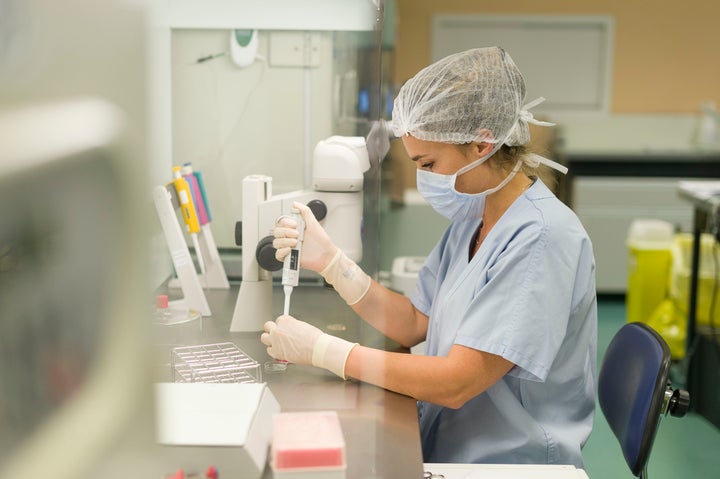
Embryo donation isn’t a very common practice, although it’s been slowly rising in popularity over the last decade, according to Julia Milmine. She’s a program assistant at Beginnings, an embryo donation and infant adoption centre with locations in Hamilton, Guelph, and Woodstock, Ont. Last year, across their three centres, they helped about 30 people receive embryos from a total of about 18 donors.
“The 2020 into 2021 year has been the busiest that we’ve seen,” she told HuffPost Canada. Staff at the centre have wondered if the uptick is related to the pandemic; if the change in routine has made people more determined to build families or more likely to consider their options if they’ve gone through IVF.
What is embryo donation, anyway?
When an egg is first fertilized with sperm, it’s called a zygote. It quickly goes through a period where it divides from a single cell to many cells, at which point it becomes an embryo. Embryos contain stem cells, the building blocks that will later grow into a fetus’ bones, muscles, lungs and other systems. Embryos are about the size of the tip of a pen.
Lots of different kinds of people turn to IVF: straight couples struggling with fertility, lesbian couples who use sperm donors, gay men who use surrogates, single people who want to become parents. The process involves eggs and sperm that are fertilized in a lab and then transferred back into the uterus as embryos. (They have the best shot at turning into viable pregnancies when they’re transferred about five days after fertilization, at the “hatching blastocyst” stage.)
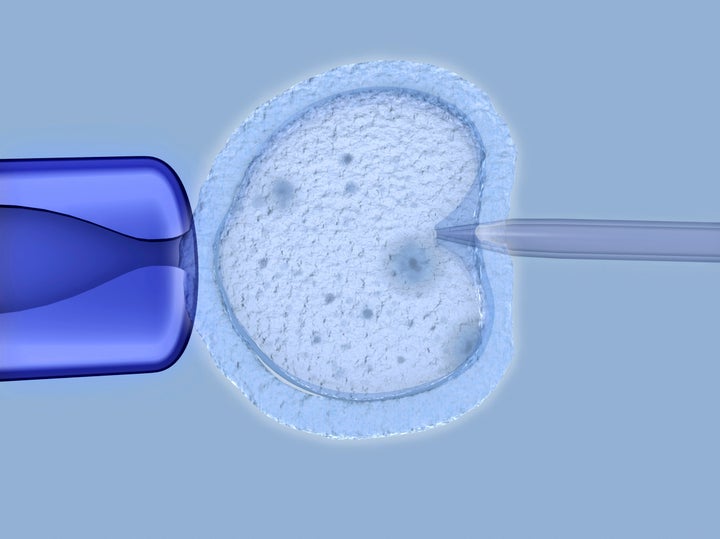
A person going through IVF will inject themselves with hormones to produce more eggs. During a single round of IVF, many embryos will be created, because not every one of them will result in a viable pregnancy.
“When people go into the fertility clinic, the future potential use of their embryos is not always the most important thing on their mind,” said Alana Cattapan, a political science professor at University of Waterloo who specializes in policy related to gender, health and assisted reproduction.
The dilemma of leftover embryos
Many people going through IVF end up with extra embryos. And when they’re done undergoing treatment, figuring out what to do with them can be complicated.
Clinics will store frozen embryos, usually at the cost of a few hundred dollars per year. Those embryos are the result of a lot of sacrifice, both in terms of the pain and complication of egg retrieval and the financial hit. (A single round costs somewhere between $10,000 and $20,000, and many people do several rounds, especially if they have fertility issues. IVF can take years.)
And more than that, for a lot of people it’s hard to dispose of what they think of as a potential future child.
“The whole thing is kind of mind-boggling.”
- Katie Pearson on trying to decide what to do with leftover embryos
Figuring out what to do with extra embryos is something Katie and Megan Pearson ― a married couple with kids who previously opened up to HuffPost Canada about their journey to parenthood through IVF, IUI (intrauterine insemination) and sperm donation ― think about a lot.
“We still have four frozen embryos and we pay the storage for them every year and we have yet to come to consensus on what to do with them,” Katie said. “The whole thing is kind of mind-boggling.”
They have three kids, but don’t know if they’ll want more. They’ve considered donating the embryos to another family, or to science, but there are no easy answers. They recognize that they wouldn’t have been able to have their own children without a sperm donor, they said — but that doesn’t make the idea of donating their embryos an easy or an obvious choice.
“I’d say, rather hypocritically, I struggle with the idea of donating these embryos to a family who would not be able to get pregnant without them,” Katie told HuffPost Canada. She’s grateful to the sperm donor who allowed her and her wife to have their own children. But the idea of giving away an embryo that’s the genetic sibling of one of their kids is hard for the Pearsons to wrap their heads around.
“I think that adds a layer of ownership that would maybe make it different than me just choosing to donate my eggs,” she said. “There’s this emotional attachment.”
Donation to science is an alternative
There’s another option for leftover embryos: to donate them to clinics, or to scientific research. Donated embryos are sometimes used in clinical training, as a way for residents working in fertility clinics to practice their techniques or improve clinic practices.
When it comes to donating embryos to science, things get a little more complicated. Creating embryos for the sole purpose of research is not allowed under Health Canada guidelines, Cattapan explained — when those rules were put together, the prevalent idea was that embryos were the “precursor” to human life, so “the idea that we would create them just to destroy them was seen to be quite problematic,” she said. But embryos created specifically for reproduction can be donated if they’re no longer needed later on.
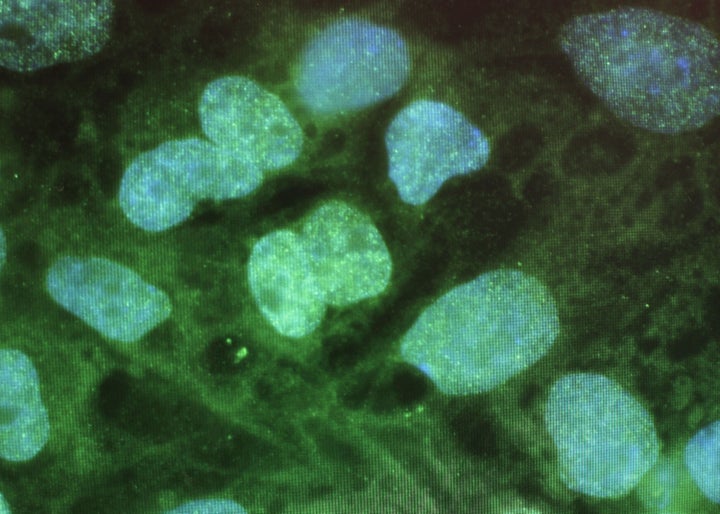
And stem cells from embryos can be used for many different kinds of research. Studying how these cells mature into bones, muscle, organ and tissue can help researchers understand how those parts of the body are effected by diseases. Stem cells from embryos can also be used to test the safety of drugs before they’re used on humans, and in some cases can be guided into becoming cells that can repair damaged tissue in people with specific conditions like Alzheimer’s or Type 1 diabetes.
Of course, many of the people who feel an emotional connection to their embryos may also find this difficult.
“People do really respect embryos,” Cattapan said.
Embryo donation vs. embryo adoption
Canadian law doesn’t exactly know what to do with embryos, either. The section of the Assisted Human Reproduction Act that deals with them — Section Eight — is much more difficult to understand than the rest of the act.
“The Section Eight regulations — I don’t know how to describe how dense they are,” Cattapan said. “I’m an expert, this is my job, and I think it’s very hard to parse.”
Even the language around embryo donation is somewhat fraught. In the U.S. it’s often referred to as “embryo adoption.” But some people bristle at that idea because they think it assigns too much personhood to an embryo. Beginnings calls it “embryo donation” because it doesn’t fit the clear legal definition of adoption in Canada, Milmine said.
“With embryo donation, unlike the adoption of a child, there is no formal legal proceeding within the court,” she explained. “It’s considered a transfer of ownership under the law, so legal agreements are completed between the donor and recipients. But there’s no formal adoption per se.”
It makes sense some people think of it that way, though, Cattapan said.
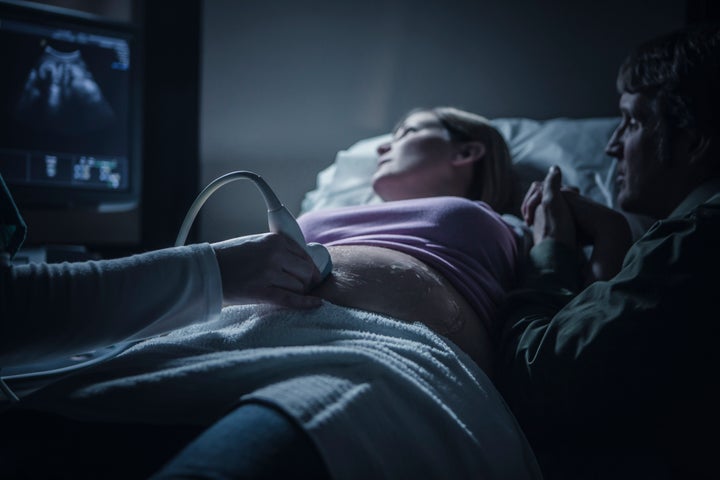
“If people have had children using some of the same batch of embryos, the embryos are ‘genetically related’ to their children and to their family,” she said. “And so people do think of it as adoption.”
Some embryo-donation groups in the U.S. are aligned with anti-abortion groups. “The movement around embryo adoption in the United States sort of emerged around saving embryos from destruction,” Cattapan said. Children born from those “saved” frozen embryos are sometimes referred to as “snowflake babies.”
But she said that’s more of an American phenomenon. “Here, the agencies that have evolved around embryo adoption have been a little more organic. They haven’t really come from that same tradition.”
Although Beginnings describes itself on its website as a faith-based organization, Milmine said they don’t have anti-abortion views. “We don’t align to any political ideology,” she said. “We just want to be able to provide an option, if people want to donate their embryos.” Their clients include single women and LGBTQ couples, she said.

Beginnings also operates specifically on an open-donation model, where the embryo donor maintains contact with the family they donate to. While embryo donation is a rare phenomenon generally, open donation of embryos is even less common, Milmine said.
The clinic says giving children the information about their biological parents is best for their development. It also lets kids connect with their genetic siblings — kids born from embryos made from the same sperm and the same egg, but raised by different families.
Cattapan notes that in the age of the internet, and of 23andMe, no one is really an anonymous donor anymore.
“There’s a lot of ethical minefields here. But at the same time, there’s a lot of beautiful potential for creative family building that can occur, too.”
It isn’t always a hard decision
For Annie, though, choosing to donate embryos to her sister Carla was “just common sense,” she said. “I have good eggs. She has a good uterus. Why wouldn’t I?”
Because of the nature of the donation, the sisters had to follow strict policies and rules. They met with counsellors, separately and together, and with their respective husbands. Everyone involved wanted to make sure Annie understood she was giving up her rights to parent the child who would result from the embryos, that there was no coercion on anyone’s part. And they had to get lawyers involved to make sure they both agreed on every aspect of the exchange.
Annie had just one caveat: that her sister not terminate the pregnancy if she found out the child she was carrying were disabled.
“If she were to get pregnant and found that the child had Down syndrome or cerebral palsy, I wouldn’t want her to get an abortion,” Annie said. “I’m raising two children with complex special needs... so I wanted to have a say, from that perspective.”
She acknowledges that she was “kind of playing God,” but this was the one area where she felt some degree of ownership over the embryos. She had no qualms about Carla having an abortion if the pregnancy compromised her health, for instance — but it was important to Annie that her sister be willing to raise a special-needs kid.
Carla did get pregnant with Annie’s embryos — twice. She carried to term two healthy pregnancies that resulted in two beautiful kids.
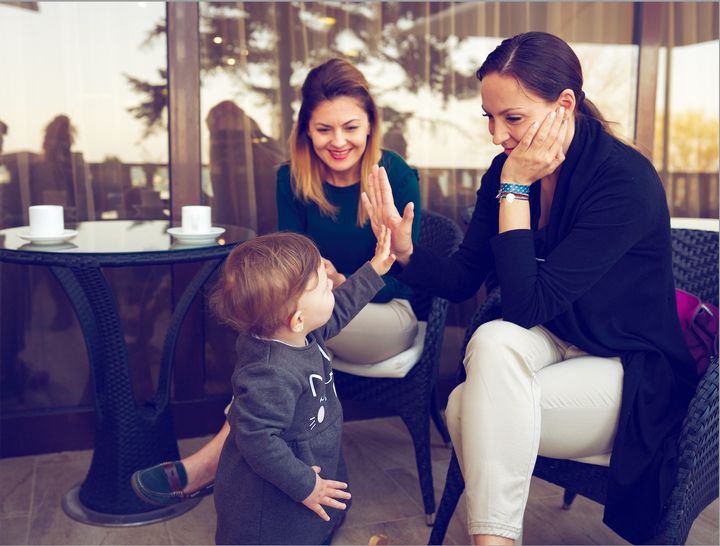
There’s no question in Annie’s mind that those kids are her sister’s, and not hers.
“I’m sure other families may have more turmoil. I’m not going negate other people’s experiences,” she said. “But for me, it was really was just like: ‘Here you go’... I never, ever second guessed it.”
She attributes that in part to being part of the adoption community. Her kids weren’t biologically born to her, but they’re her kids — end of story.
She also says the work she did on herself before adopting played a big role in her decision and ability to follow through.
“There’s no way I would have donated if I hadn’t grieved [not being able to have biological children],” she said. “It’s my personal opinion that you shouldn’t adopt until you’ve grieved it. Adoption isn’t a second choice, adoption isn’t a cure to infertility. I had to feel all of that before I was in a healthy, secure place to move on.”
When indecision leads to “abandoned embryos”
For some people, having to make a decision as big as what to do with leftover embryos is not just hard, but impossible. Cattapan has done research on the subject, and many of the people she spoke to shifted the decision-making to their fertility clinic.
“A lot of people defer making that decision,” she said. “They freeze the embryos for a long time.” After that, many people will simply stop paying for storage, tacitly allowing clinics to dispose of the embryos, without proactively asking for it themselves.
“That’s consistent across the research,” she said. “People don’t want to make a decision about it.”
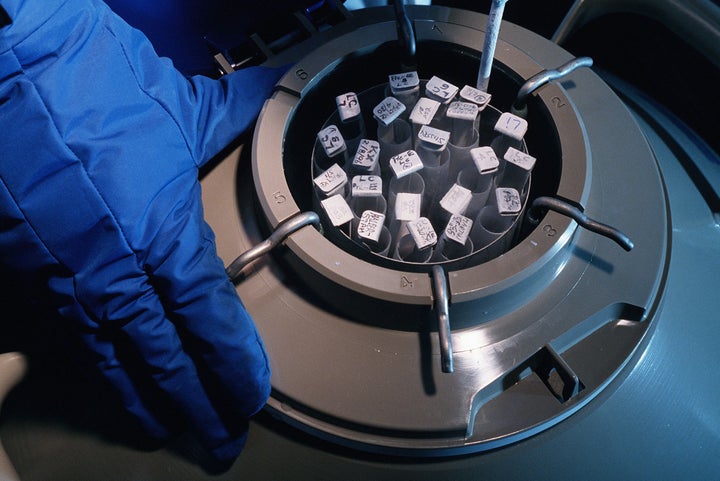
There are no accurate records of how many “abandoned embryos” there are in Canada. Cattapan and one of her colleagues tried to figure out what that number looked like for a study in 2015, but they didn’t get enough responses from fertility clinics, she said. In the U.S. that number is one million, although Cattapan said even the American estimates aren’t necessarily that accurate.
Families happen in all kinds of different ways
Carla and Annie don’t spend too much time thinking about how their families came together. Not too many people know the details: just Annie and Carla’s mom and a few close friends. The sisters’ kids are close, but they’re cousins. They’re not siblings.
“I don’t wake up every morning longing for anything,” Annie says. “And if my sister’s kids grow up and have questions, I’m here.”
*Some of the names and identifying characteristics have been changed to protect the identities of the children involved in this story.